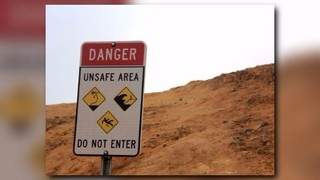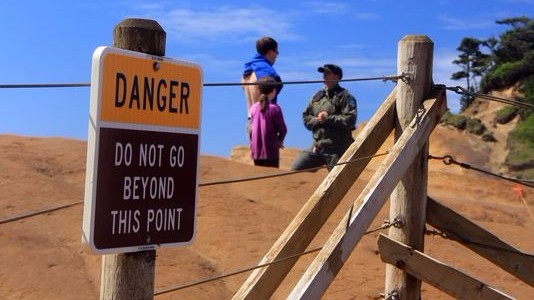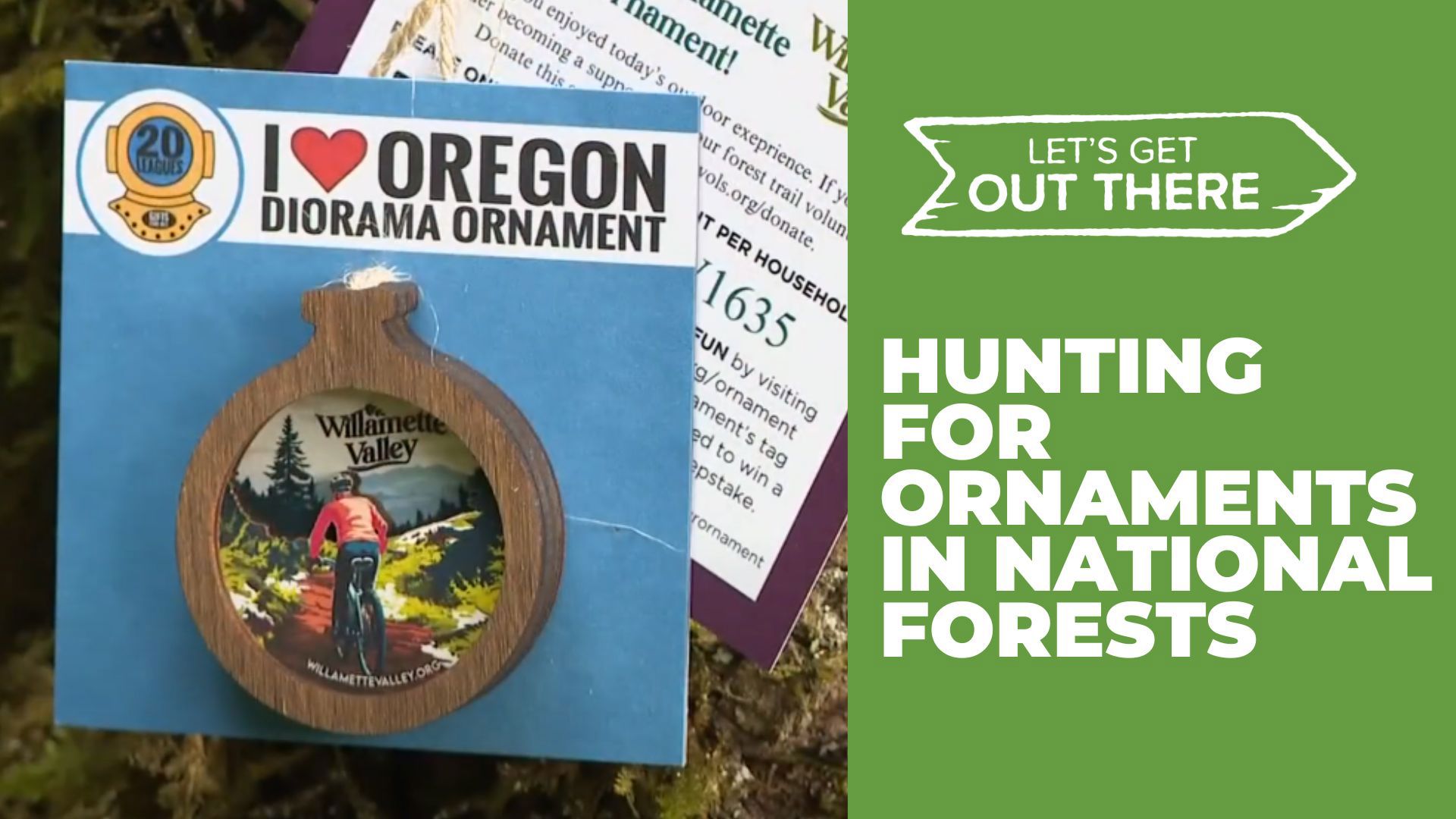PACIFIC CITY — A state task force thinks that letting Oregonians get a little closer to danger might keep them safer in the long run at Cape Kiwanda State Natural Area.
The idea is straightforward: Move an often ignored fence closer to the cape's perilous sandstone cliffs. The improved views, they hope, will inspire visitors to stay behind the fence and not go into the most dangerous areas.
It’s just one recommendation in a report aimed at improving safety at the Oregon Coast’s deadliest site. Since 2014, six people have died at the state natural area, falling from the cliffs or getting swept into the ocean. Numerous injuries have occurred as well.
BACKGROUND: Cape Kiwanda visitors continue to risk death
Fed up with the incidents, local residents, politicians and state parks officials worked together on a series of proposals. They include more emphatic signs, an education campaign and issuing citations to visitors who behave dangerously.
Commercial photographers are among the report’s main targets. Accused of leading visitors into dangerous areas — including to “The Duckbill” rock, which was recently toppled by vandals — the report calls for a crackdown that could include requiring a special permit.
Lisa Sumption, the director of the Oregon Parks and Recreation Department, will decide what to do with the recommendations.
“It’s important to remember that these are all suggestions, and I can’t say which way she will come down on them,” department spokesman Chris Havel said. “Cape Kiwanda presents a number of unique and very thorny problems that won’t all be solved at once. But we’re hoping to make some headway.”
Fixing the fence
The most significant proposal in the report is rerouting a fence that blocks access to the cape’s sandstone bluff, where unstable cliffs have caused fatal falls since the 1960s.
Gov. Tom McCall first called for fencing off the “death area” in 1972 after 11 fatalities there, according to newspaper accounts.
The fence was controversial from the beginning, especially among photographers and local residents who thought it was too far back from the ocean. “What is left for public view is very unsightly,” legendary photographer Ray Atkeson told the Eugene Register-Guard for a 1973 story.
Today, it’s common to see everyone from teenagers to grandparents climbing through the fence to reach better viewpoints.
“Moving the fence line closer to natural attractions will give visitors better views and may reduce the number of people going to dramatically unsafe areas,” according to the working group’s report.
VIEW IMAGE: Click here to see the approximate Cape Kiwanda fence line as of September 2016. (Photo courtesy of OPRD and Google Maps)
The report did not advocate permanently closing large areas to the public, and is realistic about the limits of what a fence can accomplish.
“No matter where the fence is, some people will ignore it,” the report says.
Cracking down on photographers
The report’s strongest language is reserved for commercial photographers who take clients beyond the fence.
As social media websites have spread the beauty of Cape Kiwanda’s landscape, an increasing number of professional and quasi-professional photographers have started offering photo shoots there.
The report blames these photographers not only for taking clients into dangerous areas, but also for sharing their photos online and inspiring others to do the same thing.
“They regularly lead their clients past the fence, gaining (their) trust by displaying a high level of knowledge and promising a stunning setting for memorable moments,” the report says. That “builds even more demand for similar work, creating a cycle that is difficult to counter.”
As a result, the report suggests an unprecedented step for the state parks system — requiring a commercial photography permit. While the department does require a permit for major filming, it generally has allowed commercial photographers and videographers to use state parks unencumbered.
“If commercial photographers as a group don’t seem to strongly promote safe behaviors voluntarily,” the report says, “consider requiring a special use permit for all commercial photography, and include a safety check-off for all participating photographers.
“Businesses that don’t promote safety will not be permitted to use the park, and will be cited for use without a permit.”
The report also proposes being more aggressive with users on social media — not necessarily commercial photographers — that post videos and pictures from the area beyond the fence.
"Monitor social media such as Instagram, Facebook, and other outlets for photos and videos that glamorize risky behavior," the report suggests. "Respond when possible to call out unsafe behaviors and promote safer alternatives."
New signs
Many people suggested installing dramatic signs showing the faces, ages and stories of the people who have died. Since the average age of the people killed was 19, the thought was that it would give other young people pause. The recommendations do not go that far.

“The signs being proposed are more about explaining what the dangers are than enshrining the past deaths,” Havel said. “We talked about it, but shied away for two reasons.
“First, we were sensitive to the pain families that lost children had already gone through. While some would have been OK with us putting a reminder on the ground, others would not. And second, to be honest, was that we didn’t want to have to update the signs if more fatal accidents occurred.”
Park rangers
One of the most successful aspects of management at Cape Kiwanda has been placement of park rangers who patrol the fence, the report said.
Starting last summer, Lisa Stevenson, along with a seasonal employee, talked to visitors who'd crossed the fence or appeared to be thinking about it. Although she had no legal authority to stop people, her persistence led to a 75 percent reduction in calls to Nestucca Fire and Rescue.
The report recommends keeping park rangers at the site during the busiest parts of the season and on weekends in the off-season.
Education
The final step in the process to making Cape Kiwanda safer, according to the report, was building partnerships with Oregon schools to preach safe adventuring.
The target schools would be in Lincoln, Tillamook, Marion and Polk counties, but would expand to include the entire state.
“Messages need to instill a sense of self-preservation without extinguishing a love of adventure,” the report says.
Zach Urness has been an outdoors writer, photographer and videographer in Oregon for eight years. He is the author of the book “Hiking Southern Oregon” and can be reached at zurness@StatesmanJournal.com or (503) 399-6801. Find him on Twitter at @ZachsORoutdoors. The Statesman Journal is a KGW News partner.


